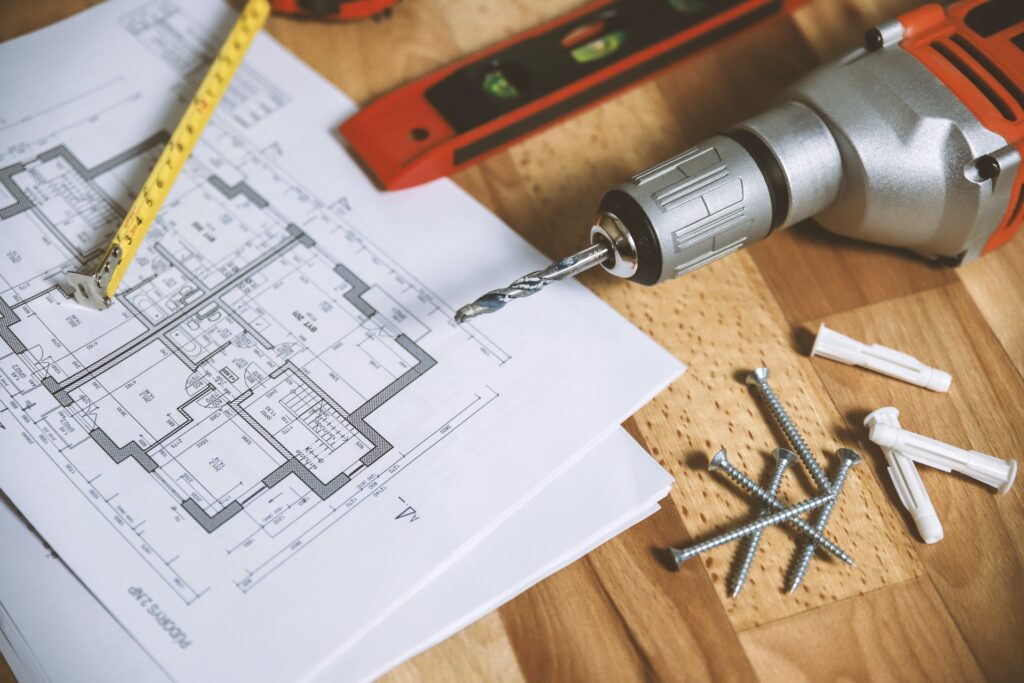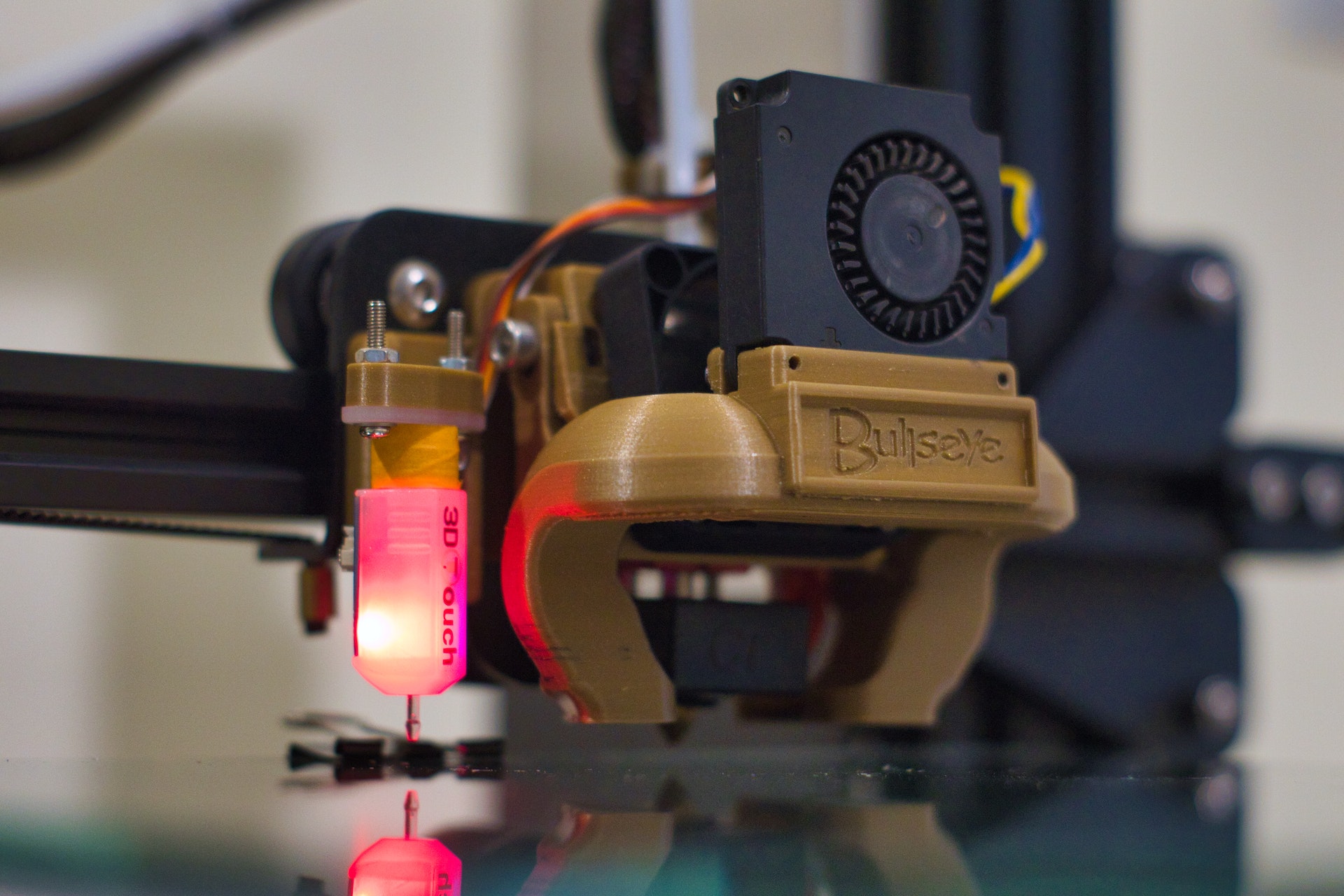Are you an aspiring designer or someone considering a career in design? With advances in digital and traditional tools, design is constantly changing – something that can be intimidating and exciting. But what are some of the latest changes and developments you should know about when designing? In this blog post, we’ll explore just that: how modern technology has revolutionized the industry and where future trends may be leading us. From 3D printing to laser cutting technologies, discover some of the latest advancements taking place right now in the world of design. So read on to learn more!

Contents
Discovering the Latest Developments in Designing
User-centric design
Designers are increasingly focusing on creating a better user experience. Designing with the user in mind ensures that a product has the functionality and accessibility to make it worthwhile. An optimal user interface will increase engagement, positive feedback, and potential sales. As such, UX design has become a big part of the design process, where designers seek to improve and integrate user feedback into their creations.
Sustainability
As environmental consciousness increases, design innovators are finding ways to develop products that lessen our impact on Mama Earth. The sustainable design infuses eco-friendly practices with modern aesthetics to create long-lasting and environmentally responsible products. Environmental consideration starts with the production process and is reflected in the final product. Architecture companies like Bjarke Ingles are creating innovative sustainable designs like the CopenHill building that incorporate clean energy production in its structure.
Augmented Reality
Augmented reality, with its immersive capabilities, has the potential to revolutionize the way we approach computer graphics altogether. Seamlessly integrating into design processes offers a simulated version that allows designers to envision how a final design will look and feel in real life. This integration is not just a possibility but an imminent reality. As this technology evolves, it will give rise to avant-garde designs that meet the functional requirements and align perfectly with the end-user’s preferences and desires. The possibilities are endless, and the future of computer graphics is set to be even more exciting and innovative.
Smart Design
Smart technology has always been an intense sector of research in recent years. The integration of smart design allows designers/ developers to create objects that are more aware of the environment and the user’s needs. This sector is only just emerging in the design field, which harnesses the use of data and algorithms to create an efficient, life-changing shift in design.
3D printing
This technology has been around for a while but is now completely revolutionizing our prototype and design. The precision and flexibility 3D printing offers allows designers to create things that are otherwise impossible while making the production process less expensive. The application of 3-D printing is in materials and product interaction; they allow results to be more durable, lightweight, and look the way designers want.
Industries That Benefited From Latest Developments In Designing
1) Automobile Industry
The automobile industry has witnessed a significant transformation in recent years in terms of the types of vehicles and the way they are designed. Including electric vehicles has led to unique design challenges, with battery placement and positioning proving crucial elements. The introduction of AI and AR in automobile design has enabled manufacturers to provide customers with a more immersive and interactive experience, allowing them to visualize and customize their cars before purchasing.
2) Healthcare Industry
The healthcare industry has also embraced design-thinking principles to improve outcomes. The patient-centric design has been a key focus in recent years, with hospital rooms designed to be more comfortable and therapeutic, improving patient recovery rates. Digital health technology is also being integrated with design to create wearable medical devices that are functional and appealing to the user.
3) Cannabis Industry
The cannabis industry has grown tremendously in recent years due to the latest design developments. With the legalization of cannabis in many states, companies are investing heavily in innovative and creative packaging designs to differentiate themselves from their competitors. From sleek and minimalist designs to playful and colorful packaging, cannabis products are no longer limited to plain plastic baggies. Products such as CBD vape pen, cartridges, e-cigs, and more are now easy to make with these developments.
As the industry continues to evolve, it’s clear that creating a unique brand identity through design will become a crucial factor in the success of any cannabis-related business. With eye-catching packaging and well-designed products, the cannabis industry is poised for even more growth in the future.

4) Fashion Industry
The fashion industry has always been synonymous with design, and with the advent of technology, designers can combine fashion and innovation like never before. Virtual and augmented reality in fashion houses has revolutionized how people view and shop for clothes. In the wake of the pandemic, designers are using technology to create sustainable and ethical fashion through upcycling and zero-waste techniques.
5) Architecture Industry
Designs in architecture are not just limited to the exterior of a building but also include the interior, encompassing all aspects of a building’s functionality. The integration of tech in architecture has led to the design of intelligent buildings that are energy-efficient and cost-effective. The rise of 3D printing technology has enabled architects to create elaborate and complex designs with ease, which, in the past, would have been a time-consuming and challenging process.
Conclusion
Designing is rapidly advancing, taking on new shapes and forms. The integration of augmented reality, smart devices, and automation will soon create harmony and evolution in designing, and it’s inspiring to see how human innovation can achieve long-lasting results.
This article discussed some of the latest developments in design, from the rise of sustainable design to user-centric technology. These changes demonstrate that design will continue to evolve and adapt, improving our daily lives and reshaping our world with an increasing focus on the user experience and environmental consciousness. As we move forward, we can anticipate more developments to push the boundaries of design even further.